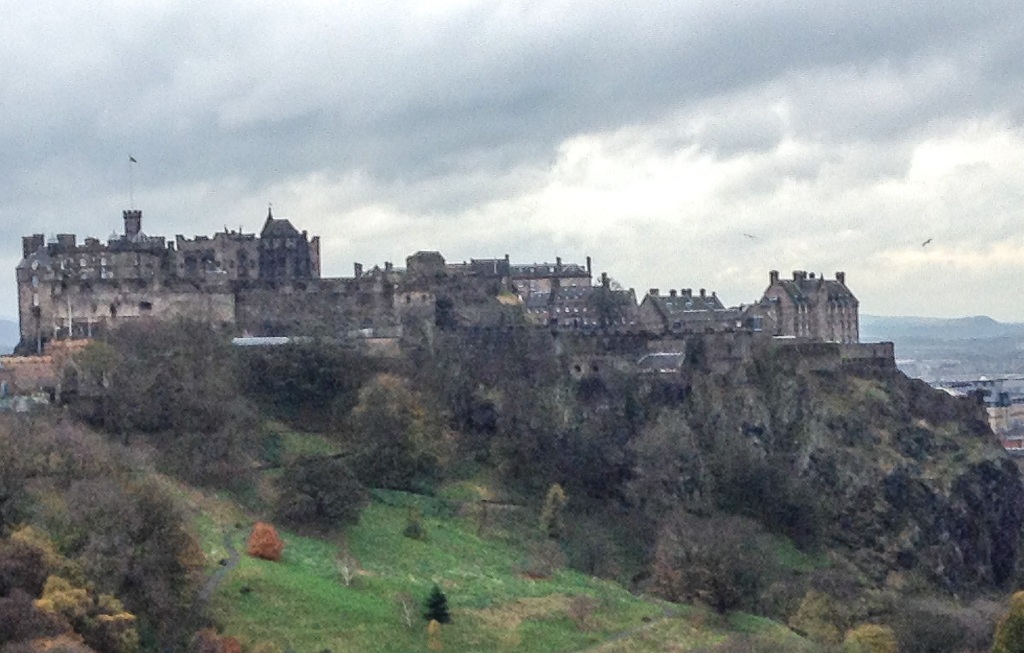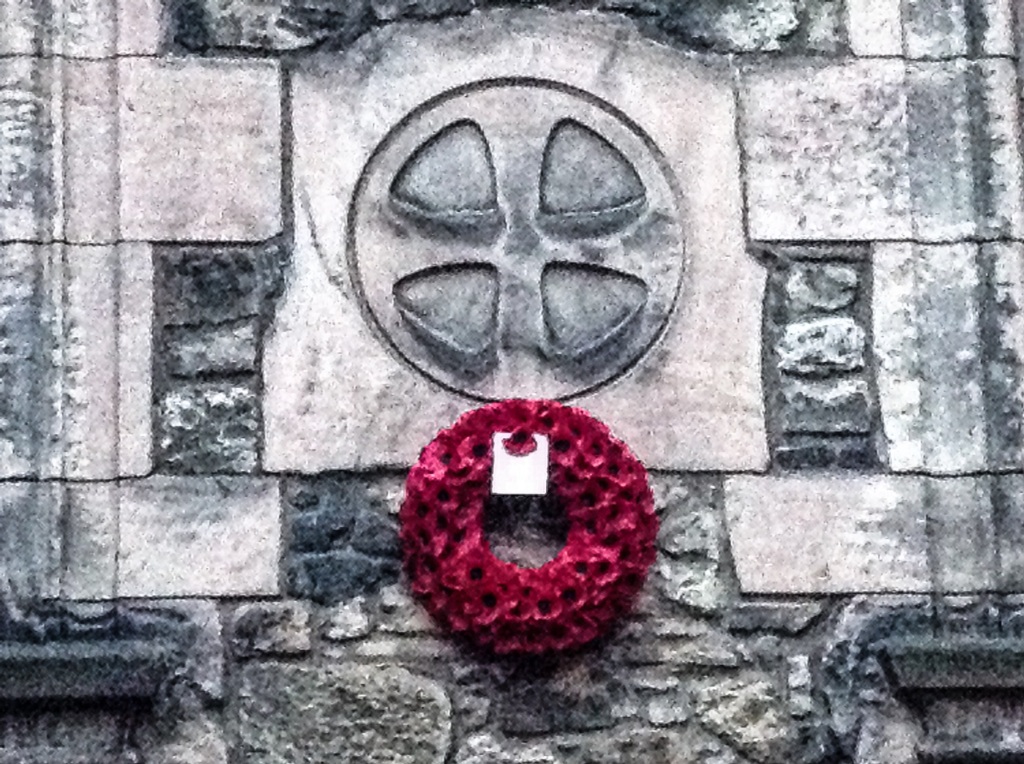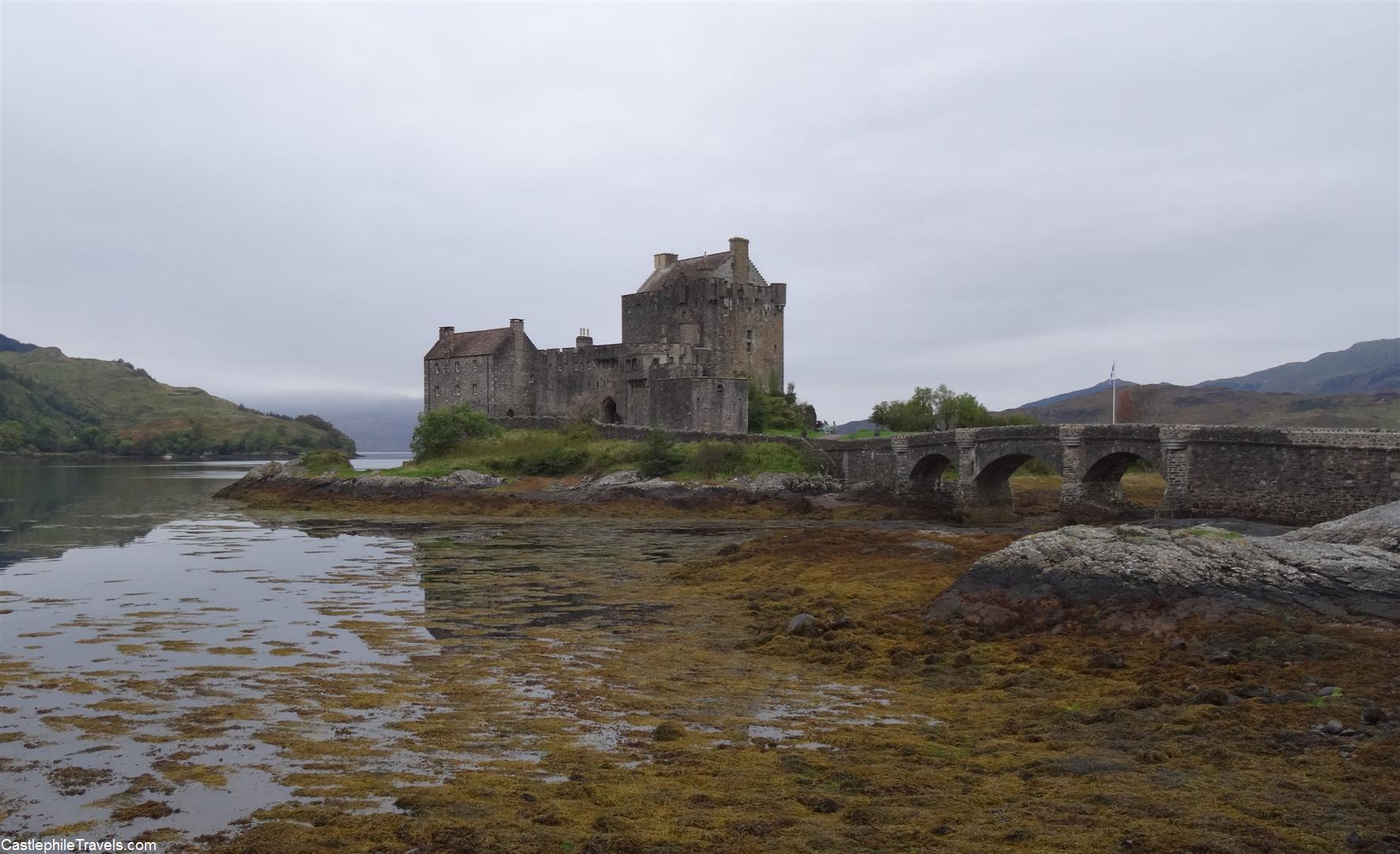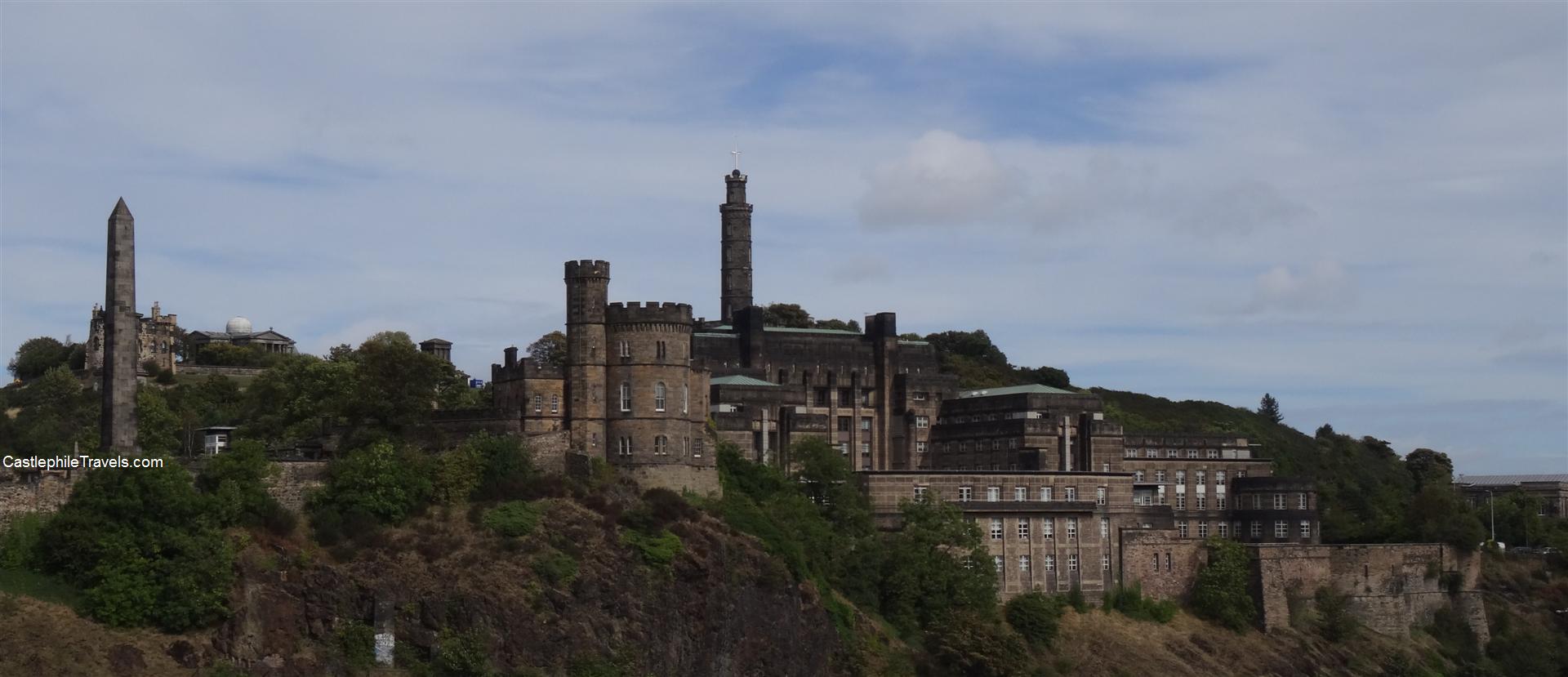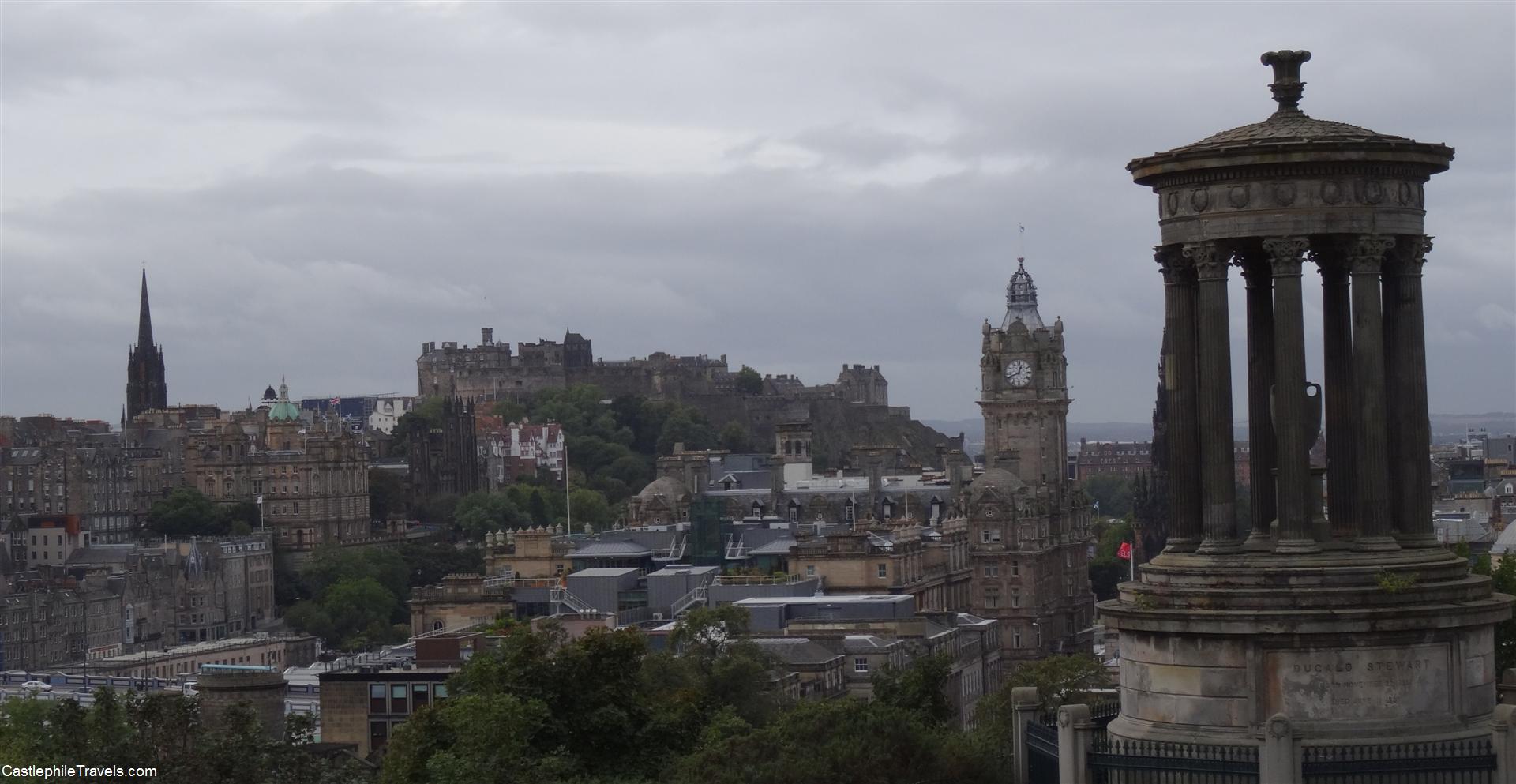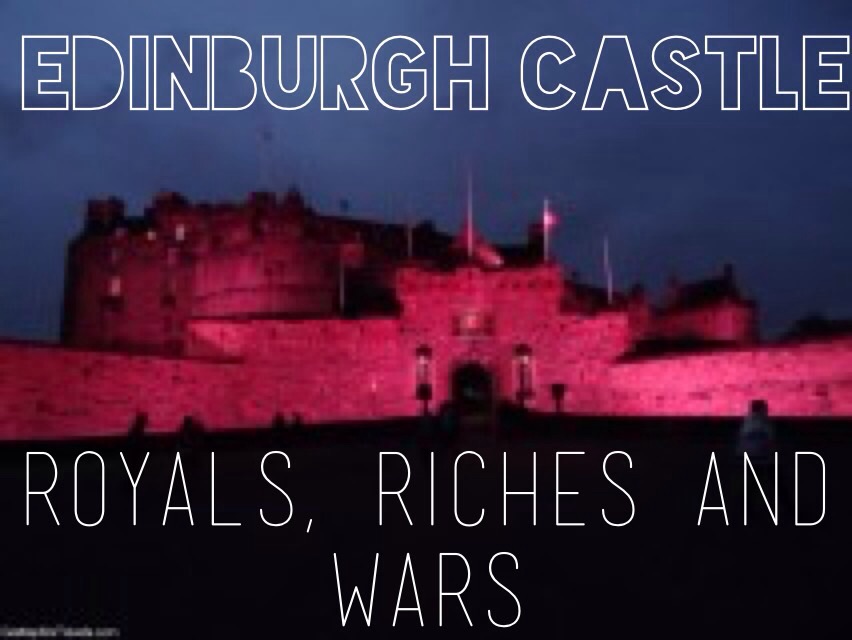
You can’t miss Edinburgh Castle. Perched high on a volcanic plug at the top of the Royal Mile, it looks over the city of Edinburgh. The moment after I had checked in to my hotel and dropped my bags on the floor, I made a beeline for it. I knew nothing about the castle, apart from glimpses of it serving as the backdrop for the Edinburgh Military Tattoo.
Little did I know that it has been a royal residence since the 11th century when King Canmore and his queen, Margaret, first moved in, and from the late eighteenth century it has served as Edinburgh’s military base. With the audio guide in hand, I found myself spending most of the day wandering around the castle grounds, discovering more about the history of Scotland and Edinburgh Castle. There is much more to Edinburgh Castle than what I had seen on TV.
Spend a day exploring Edinburgh Castle
Edinburgh Castle consists of a collection of buildings whose purposes have evolved over the years.

There are gates and portcullis to walk through and Argyll’s Tower and the ruins of St David’s Tower to discover. You could spend some time in the cosy St Margaret’s Chapel (where you may have to queue to get inside!), which holds the distinction of being the oldest building in Edinburgh.

There are batteries, such as the Argyll Battery and Half-Moon Battery, that look over the city of Edinburgh. From here you can see the Royal Mile, Princes Street, Calton Hill and out to the Firth.

Listen out for the one o’clock gun
Every day (except for Sundays, Good Friday, and Christmas Day), the one o’clock gun is fired. If you’re visiting the castle around 1PM, head over to the Redcoat Café at the Argyll Battery to see it for yourself. The gun was traditionally fired so that ships floating out in the firth had an audible signal (together with the visual clue of a time-ball being dropped at the Nelson Monument on Calton Hill) and could set their time appropriately.
While you’re on the Argyll Battery, also check out Mons Meg, a cannon that was used in battle in the 1400s.
Into military history? There’s stacks of it here!
Not only will you find the large Scottish National War Memorial right in the middle of Edinburgh Castle’s grounds, there are several war museums to visit, including the Regimental Museums of The Royal Scots Museum and The Royal Scots Dragoon Guards.
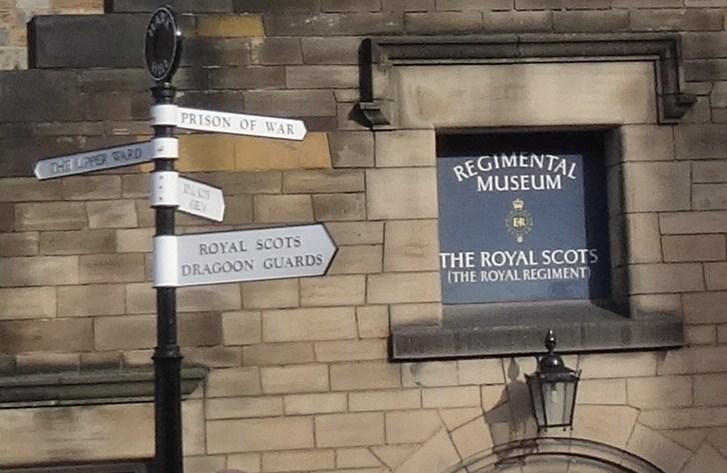
There’s also an exhibition about Prisons of War, about prisoners of the Napoleonic Wars from countries including France and America. They were held at the castle, and the exhibition tells visitors about the wars and the living conditions of the captured prisoners during their time at Edinburgh Castle.
Keep an ear out for the Weaponry talks on the Half-Moon Battery, an amusing story about the weapons used by the clans of the Highlands through to the soldiers in the more recent wars.

Finally, tucked away next to the army barracks is the National War Museum, which tells Scotland’s history of war, complete with a display of uniforms, flags, weapons and touching stories of what war was like for the Scots.
See the medieval Great Hall

The medieval Great Hall with its famous hammerbeam roof is lined with striking displays of suits of armour and swords. There’s something surreal about looking at a suit of armour, and imagining wearing it yourself and trying to move around in it.
Visit the Royal apartments

On display in the Royal apartments are the rooms where Mary Queen of Scots lived, as well as where she gave birth to James I, who would be the first Scottish king of both Scotland and England.
The rooms themselves are sparsely decorated, with little furniture on display, but that helps you focus on the architectural details. I especially liked the carved white ceiling of the apartments.
And don’t forget to view the Honours of Scotland…
The Honours of Scotland, consisting of the Crown, Sceptre, and Sword of State are on display in the Crown Chamber and are the oldest crown jewels in Britain. This is the only place in the castle where photos are not permitted.
… and wonder about The Stone of Destiny
Scottish tour guides love to tell their audiences stories about The Stone of Destiny, which was taken by King Edward I in 1296 and fitted into the Coronation Chair when English kings and queens were crowned, before eventually being returned to Edinburgh Castle in 1996.
In the 1950s, while the Stone was housed at Westminster Abbey, four Scottish students broke in and took the stone back to Scotland, where it disappeared until it turned up at Arbroath Abbey a few months later and was returned to Westminster Abbey.
And then there’s the greatest joke – that the Stone of Destiny on display in Edinburgh Castle isn’t actually the real Stone at all, but a prank played on the English when they first took the stone from Scotland. Rumour has it that the English were given the stone that was covering up a lavatory, while the real Stone of Destiny was hidden away, meaning that the Kings and Queens of England have been crowned while sitting over a toilet seat!
- Photos can be taken in all rooms except for those housing the Honours of Scotland
- Visit the official Edinburgh Castle website for more information about visiting the castle




